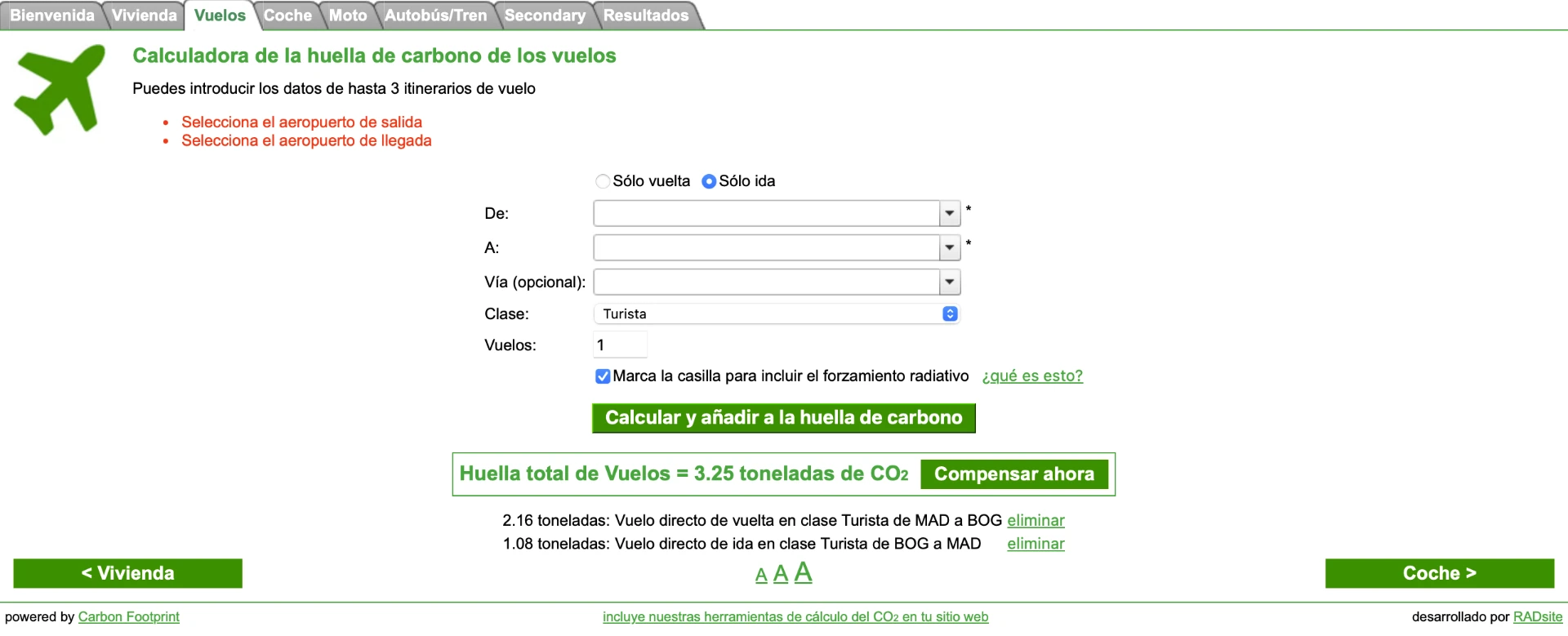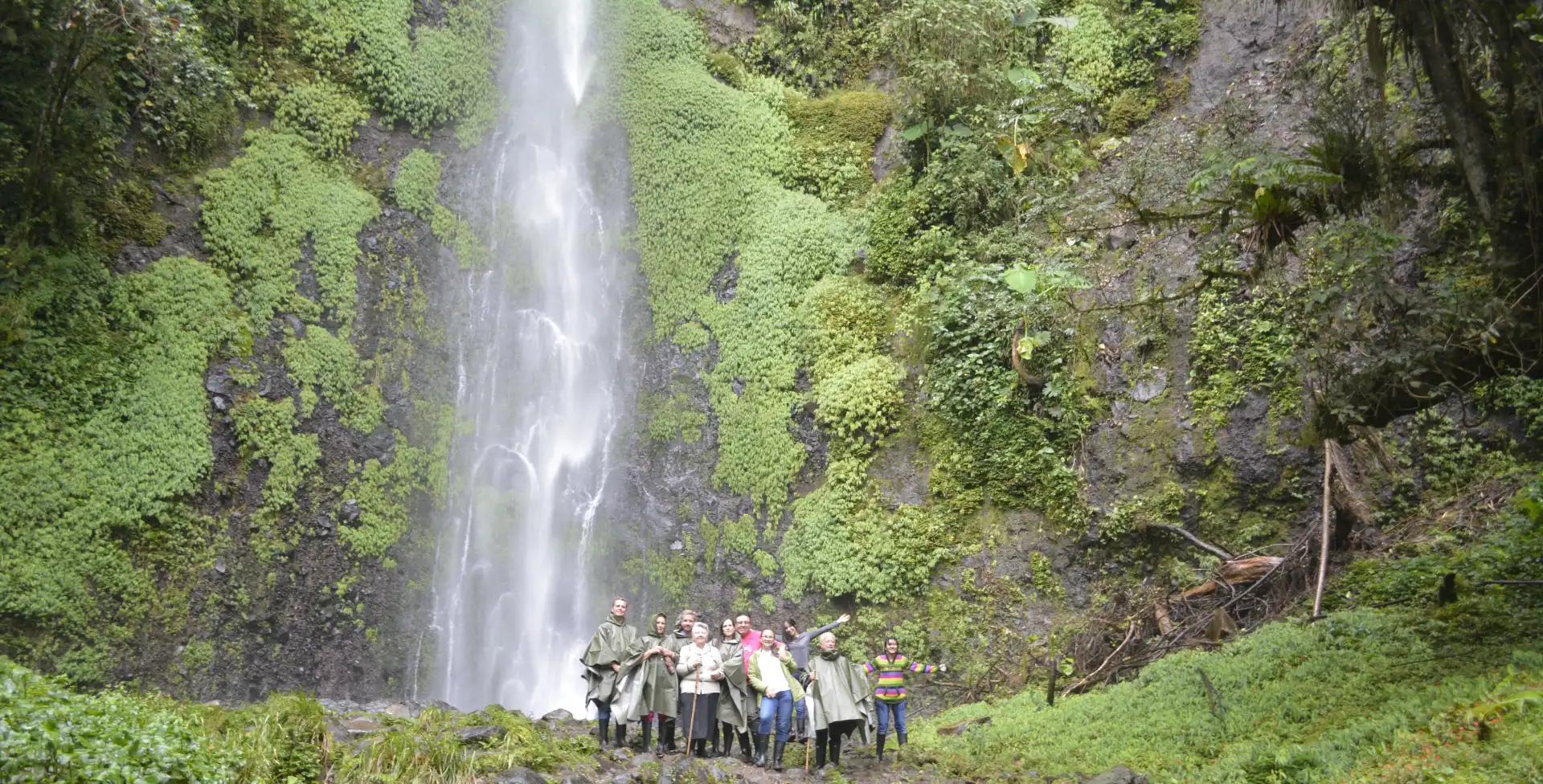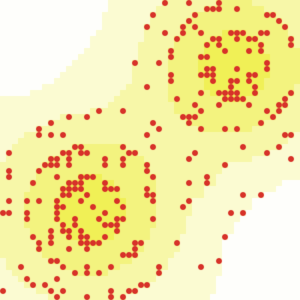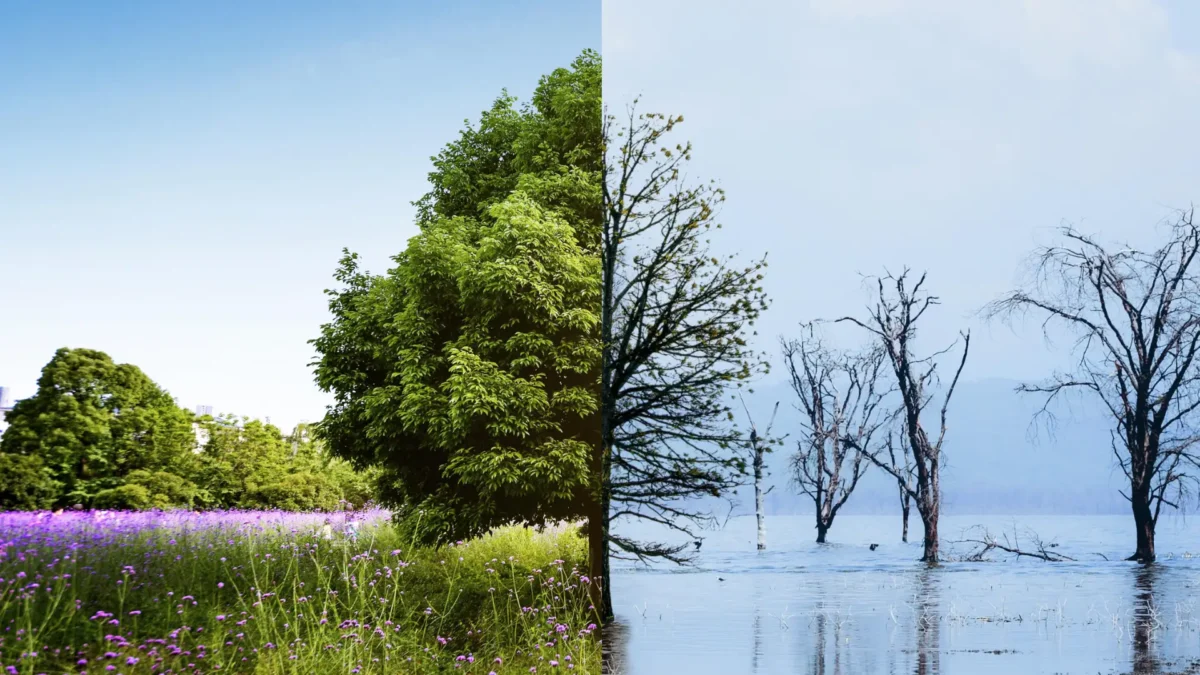Climate Change and Climate Variability
The recent years have been the hottest on record. The underlying phenomena are so evident that the World Meteorological Organization (WMO) has made the third version of the “Severe Weather Information Centre” platform publicly available. The figures are not encouraging. Once again, 2023 has recorded the highest temperatures. There is a trend over the past two decades that is beyond dispute (data are data, and they reinforce the need for interdisciplinary dialogues within the global economic system).
Various reports document the significant planetary changes. The report “Heatwaves and Health: Guidance on Developing a Warning System” lists the many health effects due to rising temperatures (McGregor et al., 2015). In 2022 alone, 60,000 people died from heat-related stress in Europe (Ballester et al., 2023). Although data from other continents is less precise, and credible records of deaths linked to climate change (or climate variability, in the case of the ENSO cycle) are not often maintained, in Latin America, the El Niño-Southern Oscillation phenomena, which result in El Niño and La Niña events, leave thousands of deaths in their wake in the equatorial Pacific. Climate change affects not only the health of citizens but also has significant impacts on the economy (Ciscar et al., 2011), agriculture, and forest systems (Olesen et al., 2002; Easterling et al., 2005), and most importantly, on biodiversity (Bellard et al., 2012).
The Relationship between Climate Change and Tourism
The correlation between tourism and climate change is complex: every movement is backed by energy consumption. While there is growing hope in the implementation of regenerative tourism as a method to mitigate the climate crisis, practically speaking, the only truly regenerative trips are the so-called “proximity trips”—an idea that will be explored further in the following lines. For now, fossil fuels limit the possibility of tourism activities with a minimal ecological footprint. For example, using the Carbon Foot Print calculator, a round trip between Madrid and Bogotá has a carbon footprint of 3.25 tons per traveler (the airline calculation tools, which reduce this number to a third, are not credible). As such, until hydrogen becomes a clean energy source for long-distance travel, international trips will remain challenging to offset, even with the purchase of carbon credits.
Carbon Footprint Calculator for Flights

Source: Global Foot Print
On the other hand, local or “proximity” trips are indeed an alternative for maintaining the euphemistically named “smokestack-free industry” until a future energy transition. It is ironic that the greatest effort by tourism promotion offices is focused on increasing the number of international travelers. If cleaner tourism is desired, countries should strengthen their local economies for domestic travel. This approach has two desirable outcomes: a smaller ecological footprint and the democratization of the right to leisure for citizens. In Europe, a political debate in Brussels was sparked after the post-pandemic COVID-19 recovery, with governments proposing the need to promote travel on electric trains and discourage air travel; for now, this measure is impractical: prices and travel times determine the success of airlines (nonetheless, it is worth emphasizing that there is a growing trend of responsible travelers).
It is also important to highlight the need for countries to increase their biocapacity to support the high energy consumption of tourism. For example, objectively, the impact of the tourism industry in the Middle East, where water availability is lower, cannot be compared to Colombia (one of the most biodiverse countries per km² in the world, with some regions of high rainfall). For countries with lower biocapacity, it is crucial to find effective models for measuring their ecological footprint. Charfeddine (2017) studies the case of Qatar, using the Markov Switching Equilibrium Correction Model. His scientific analysis of the total ecological footprint and carbon footprint identifies new causes of environmental degradation, which are not exclusively related to tourism. Ultimately, countries should base their models on their consumption, ecological footprint, and, no less importantly, their natural capacity to support energy consumption. Unfortunately, for now, no country is pursuing development based on biocapacity, nor has the concept been extended to tourism planning, where territorial exercises prioritize competitiveness over the language of environmental sciences.
Tourism, Climate Change, and Water Stress
Perhaps one of the most interesting phenomena to study in tourism is the water stress generated at destinations. Wherever mass tourism occurs, the lack of availability of the precious liquid becomes evident. So far this year, the map of the Spanish meteorological service (AEMET) marks precipitation in the Catalonia region in red. This autonomous community faces a dilemma: maintaining its thriving tourism industry—which significantly contributes to the local GDP—or ensuring the sustainability of primary economic sectors such as agriculture. Catalonia is part of a broader regional trend, as different Spanish communities face the same situation (Deutsche Welle, 2024). In Latin America, due to the “El Niño” phenomenon, droughts are severely affecting equatorial nations. San Andrés, a beautiful island nestled in the Colombian Caribbean, has faced decades of conflicts with the tourism development model, specifically due to its intensive use of potable water. The reduced water supply in 2016 led to widespread social protests against the local government. The native communities faced water shortages, while travelers could fully enjoy the water resource (Guerrero, 2020).
These phenomena of the degenerative model of tourism planning should concern tourism scientists, environmental experts, and, above all, local governments. However, scientific production on the impact of tourism on water consumption is scarce. A thorough bibliometric study would find more literature on tourism marketing, territorial marketing, and brand positioning than on important environmental issues for territories and local communities, such as water stress. The planning models that have been imposed are those that instrumentalize resources in favor of tourism competitiveness. To support this idea, one only needs to review the Calgary Model by Crouch & Ritchie (1994)—widely used for tourism territorial planning in Latin America—where the forced dialogue between sustainability and competitiveness is evident. Planning from the resource or attraction in service of the tourist is a mistake. The theory should be accompanied by an improvement in the life systems that support tourism development, rather than its maintenance. In this sense, there is an insurmountable gap between tourism sustainability and regenerative tourism.
Towards a Transition in Tourism Carrying Capacity and Water Management
Los Frailes Waterfall – Upper Otún River Basin. Pereira – Colombia.

Source: Regentour
The concept of carrying capacity has been widely used in tourism to calculate the number of people who can use a resource or attraction over a specific period. The methods are varied, ranging from those focused more on ecotourism and the impact of tourist flows on ecosystems (which involve soil erodibility) to more general ones used for tourist visitation at cultural destinations. Some carrying capacity calculations are limited to a simple arithmetic exercise, while others use geographic information systems to achieve distributive precision of the load on a territory (significant advances have been made in these methods over the past decade). In the following discussion, the focus will not be on the methods but rather on their results.
The literature on water usage in carrying capacity calculations, though limited, has seen progress (Brown et al., 1997; Castellani et al., 2007; Qiuyun et al., 2011; Ding et al., 2015; Sudipa, 2020). Practically speaking, the concept is used as a reference but not as an effective control tool. There are two reasons why tourism carrying capacity is not adequately implemented. The first is design-related, i.e., a failure in sustainable tourism planning: destinations are not modeled before their entry into tourism operations. The second is purely economic: municipalities are unwilling to lose resources from mass tourism. Thus, conflicts arising from water stress generally fall within the scope of public management and tourism operations. This text addresses the essential problem: modeling during the planning process.
Complexity sciences are the theoretical niche where the most relevant advances in tourism are being made (Scott et al., 2008; Baggio et al., 2010; Baggio et al., 2013). A vast array of ideas from different fields often goes unnoticed by experts in the field. Within this group of publications, this editorial highlights the so-called Agent-Based Models. Currently, computational models are the most effective way for academics to recreate the future conditions of tourist destinations. In this line of research, advances are being made in pedestrian displacement modeling using NetLogo software, which will help predict mobility conflicts (Procházka et al., 2015), simulations to predict mass tourism (Zheng et al., 2013; Du S. et al., 2016), and visitor control during peak seasons in protected areas (Štekerová et al., 2022), among many other topics of interest to tourism professionals.
NetLogo is an Agent-Based Modeling software that allows predicting the future conditions of human societies. While its application is relatively recent, there is a specific model that can help predict the future of water stress. NetLogo’s Sugarscape 2 model is an implementation initially proposed by economists Joshua M. Epstein and Robert Axtell in their book “Growing Artificial Societies: Social Science from the Bottom Up,” published in 1996. The model is used to study the dynamics of the economy and society by simulating interactions between agents in an artificial environment. This model revolves around the resource “sugar,” which agents need to survive. Each agent has a reserve that decreases over time. Agents collect this from patches that regenerate after a certain period. The model allows observing how the distribution of sugar, agent mobility, and other factors are important in human dynamics and resource availability.
**Graphical Visualization of the Sugarscape 2 Model in NetLogo

Source: Northwestern University
Although the theory of Epstein & Axtell (1996) requires significant adjustments for its application in tourism—specifically for the measurement of carrying capacity and the prediction of water stress—agent-based models will represent the future of modeling within the complexity sciences. This approach will enable tourism scientists to predict the distribution of tourist flows, the consumption of vital resources, and their availability for the local population. The success of NetLogo lies in its ability to incorporate vector maps in .shp format (although further development is needed for full integration with Geographic Information Systems, such as QGIS and ArcGIS, the capability to use exported formats from such software is a significant step forward). This research area, still relatively unexplored, will provide precise recommendations to planners and, importantly, offer an advantage in addressing mass tourism phenomena at the territorial level, ensuring these are considered well before the destination’s tourism positioning.
Jhon Enrique Bermúdez Tobón
Ph.D. (c) in Tourism (UAB)
Master’s in Sustainable Tourism Management (UCI)
Sustainable Tourism Administrator (UTP)
Bibliographic sources
Ballester, J., Quijal-Zamorano, M., Méndez Turrubiates, R. F., Pegenaute, F., Herrmann, F. R., Robine, J. M., … & Achebak, H. (2023). Heat-related mortality in Europe during the summer of 2022. Nature medicine, 29(7), 1857-1866.
Baggio, R., Scott, N., & Cooper, C. (2010). Network science: A review focused on tourism. Annals of Tourism Research, 37(3), 802-827.
Baggio, R., & Cooper, C. (2013). Knowledge transfer in a tourism destination: the effects of a network structure. In Advances in service network analysis (pp. 177-191). Routledge.
Bellard, C., Bertelsmeier, C., Leadley, P., Thuiller, W., & Courchamp, F. (2012). Impacts of climate change on the future of biodiversity. Ecology letters, 15(4), 365-377.
Brown, K., Turner, R. K., Hameed, H., & Bateman, I. A. N. (1997). Environmental carrying capacity and tourism development in the Maldives and Nepal. Environmental Conservation, 24(4), 316-325.
Castellani, V., Sala, S., & Pitea, D. (2007). A new method for tourism carrying capacity assessment. WIT Transactions on Ecology and the Environment, 106, 365-374.
Ciscar, J. C., Iglesias, A., Feyen, L., Szabó, L., Van Regemorter, D., Amelung, B., … & Soria, A. (2011). Physical and economic consequences of climate change in Europe. Proceedings of the National Academy of Sciences, 108(7), 2678-2683.
Charfeddine, L. (2017). The impact of energy consumption and economic development on ecological footprint and CO2 emissions: evidence from a Markov switching equilibrium correction model. Energy Economics, 65, 355-374.
Crouch, G.I. and J.R.B. Ritchie (1994). ‘Destination Competitiveness: Exploring Foundations for a Long-Term Research Program’, Proceedings of the Administrative Sciences Association of Canada 1994 Annual Conference, June 25-28, Halifax, Nova Scotia, 79-88.
Deutsche Welle (2024). España, en una encrucijada: agua o turismo. Recuperado de: https://www.dw.com/es/la-sequía-azota-al-turismo-en-españa/a-69102437
Ding, L., Chen, K. L., Cheng, S. G., & Wang, X. (2015). Water ecological carrying capacity of urban lakes in the context of rapid urbanization: A case study of East Lake in Wuhan. Physics and Chemistry of the Earth, Parts a/B/C, 89, 104-113.
Easterling, W., & Apps, M. (2005). Assessing the consequences of climate change for food and forest resources: a view from the IPCC. Increasing climate variability and change: Reducing the vulnerability of agriculture and forestry, 165-189.
Epstein, J. M., & Axtell, R. (1996). Growing artificial societies: social science from the bottom up. Brookings Institution Press.
Guerrero Jiménez, T. (2020). Crisis del agua, turismo y variabilidad climática en la isla de San Andrés (Water Crisis, Tourism and Climatic Variability on San Andres Island). Turismo y Sociedad, 26.
McGregor, G. R., Bessemoulin, P., Ebi, K. L., & Menne, B. (Eds.). (2015). Heatwaves and health: guidance on warning-system development (No. 1142). Geneva, Switzerland: World Meteorological Organization.
Olesen, J. E., & Bindi, M. (2002). Consequences of climate change for European agricultural productivity, land use and policy. European journal of agronomy, 16(4), 239-262.
Qiuyun, J., Guoji, F., Mulian, L., Yujun, W., & Jingxuan, X. (2011). Research on tourism water resources carrying capacity engineering in Hainan Province. Systems Engineering Procedia, 1, 384-391.
Procházka, J., Cimler, R., & Olševičová, K. (2015). Pedestrian modelling in netlogo. In Emergent Trends in Robotics and Intelligent Systems: Where is the Role of Intelligent Technologies in the Next Generation of Robots? (pp. 303-312). Springer International Publishing.
Scott, N., Baggio, R., & Cooper, C. (2008). Network analysis and tourism: From theory to practice.
Du, S., Guo, C., & Jin, M. (2016). Agent-based simulation on tourists’ congestion control during peak travel period using Logit model. Chaos, Solitons & Fractals, 89, 187-194.
Štekerová, K., Zelenka, J., & Kořínek, M. (2022). Agent-Based Modelling in Visitor Management of Protected Areas. Sustainability, 14(19), 12490.
Sudipa, N. (2020). land and water carrying capacity in tourism area of Nusa Penida, Bali.

